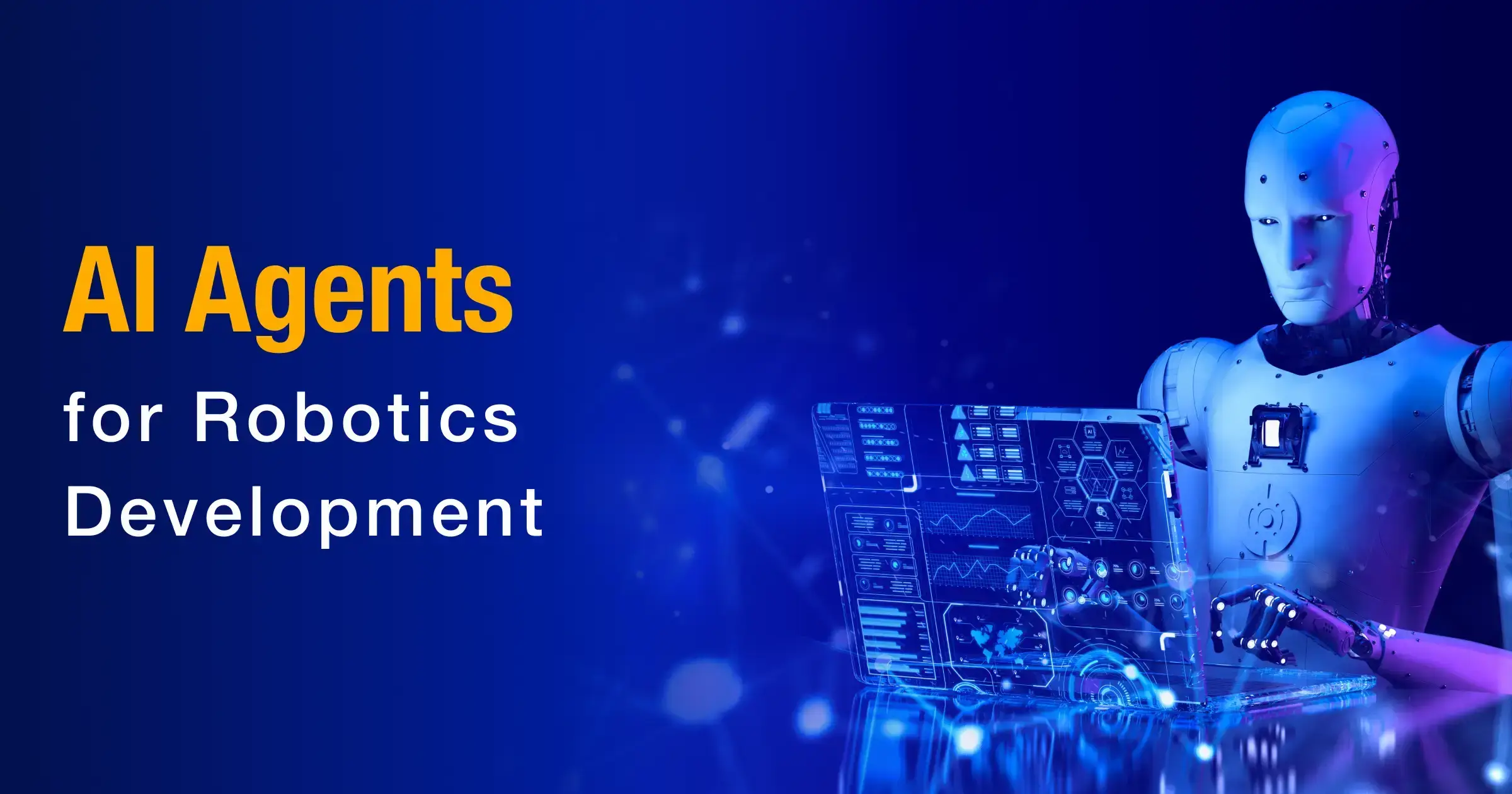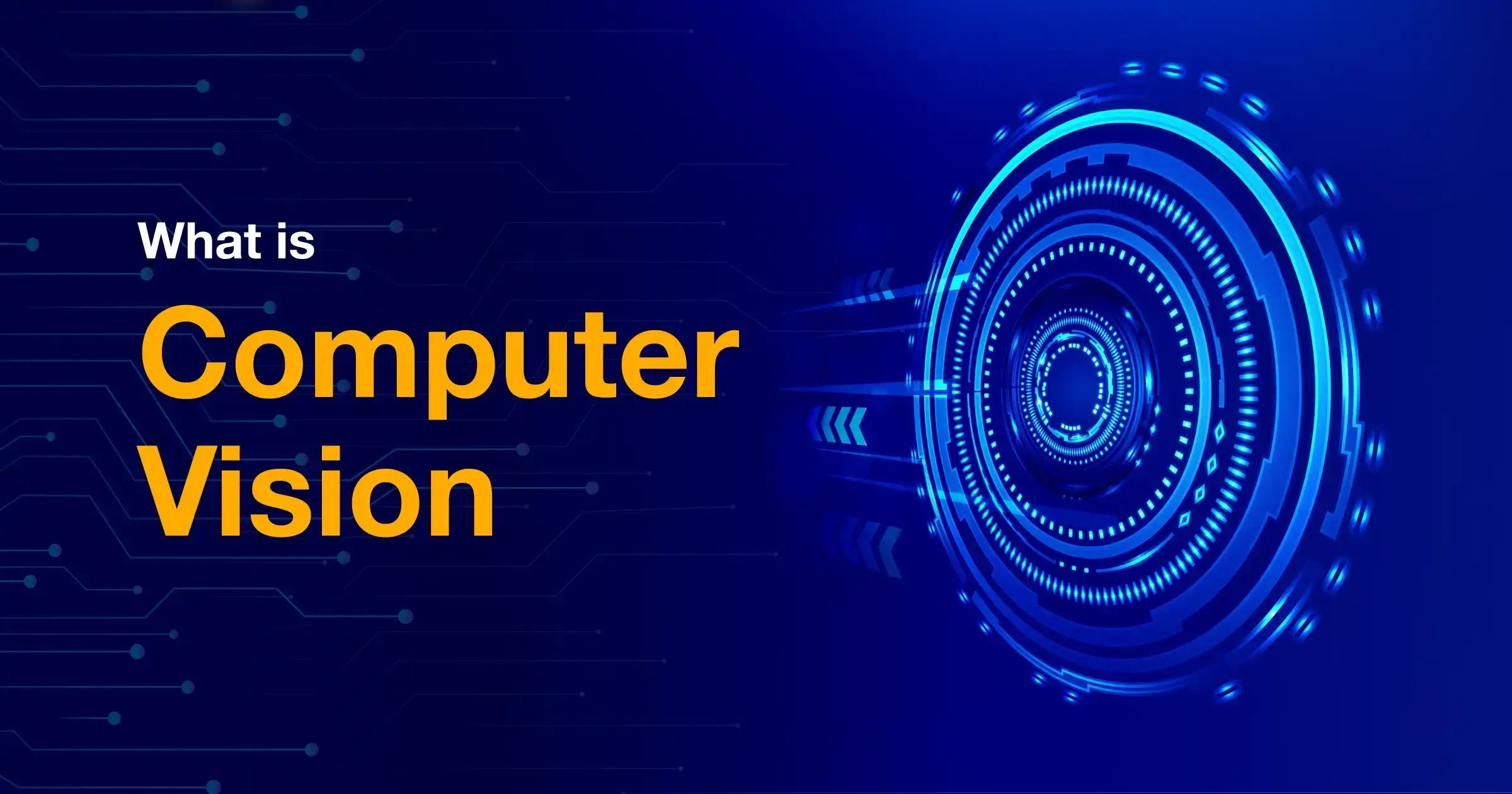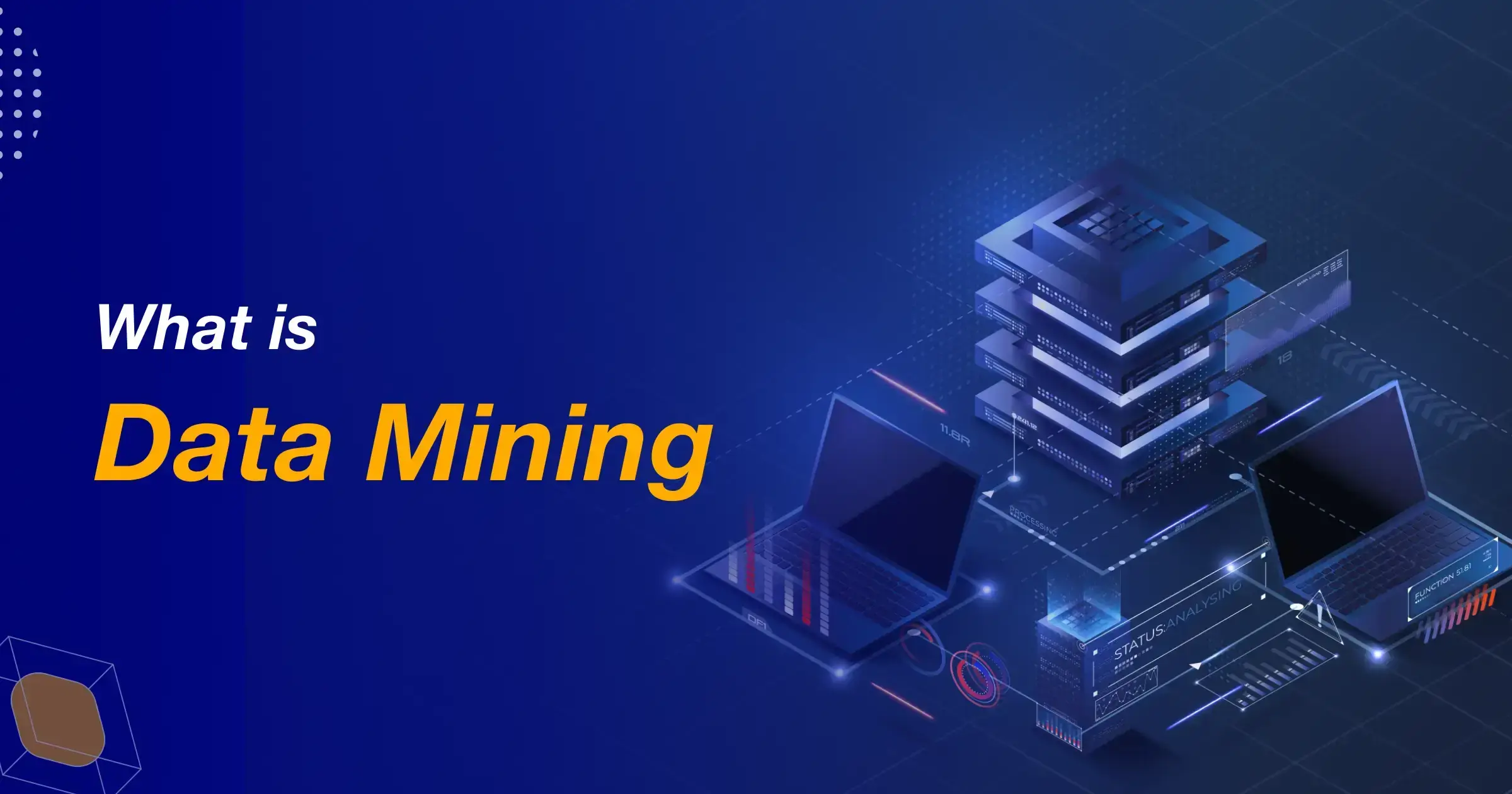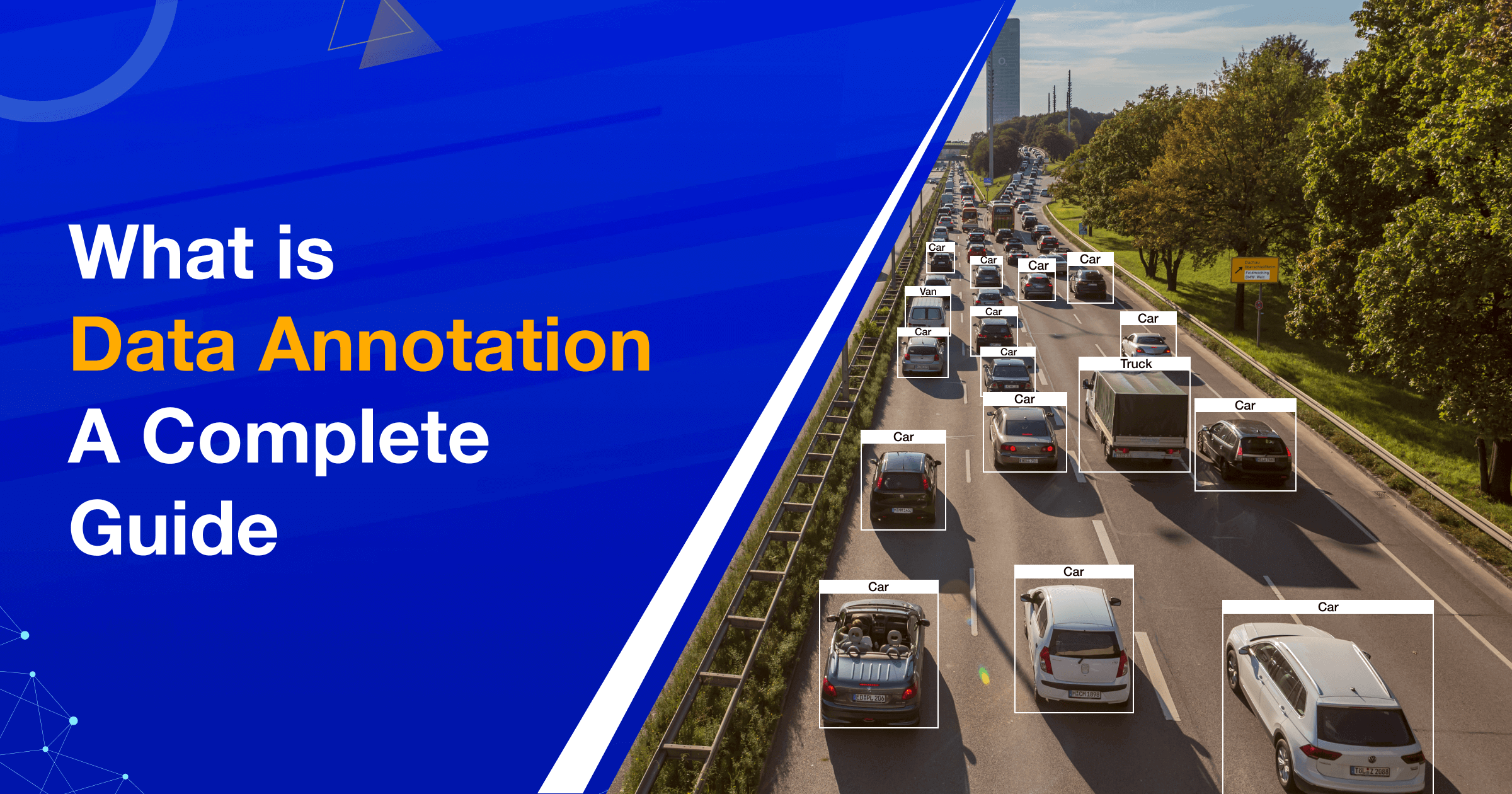
AI Agents are typically autonomous software components helping robots to function and carry out their tasks without much human intervention. By using input/output devices of robots like sensors, camera, and actuators, AI agents enable robots to perform operations autonomously even in a dynamic environment. So, AI agents essentially make robots think, reason, and even perform actions independently.
The Role of AI Agents in Robotics

As AI agents excel in automating complex workflows and operations without constant human inputs, robotics is one field that benefits most from this. AI agents act as a brain that helps robots function properly, help them perceive their surroundings, and take actions after processing the information.
Before that let’s take a quick look at AI agents.
AI agents are pretty much like digital minds or thinking systems built into machines. They are not just lines of code that follow simple, step-by-step instructions, instead they are software programs that are capable of observing their environment constantly, think about what they see, and decide how to respond. In other words, they can perceive, reason, and act – all without any human intervention.
They are very much unlike traditional programs that need a human to guide every step. They rather work more independently by taking input from sensors, cameras, or data feeds. Then, they process that information using built-in logic and learning and take action based on their goals.
There are different kinds of AI agents, some of which are reactive. They respond instantly to what is happening around them without thinking too much. For example, a simple cleaning robot turns when it hits a wall, while others are more advanced and thoughtful.
The latter are called deliberative agents, which plan their actions by predicting what might happen next. Then there come hybrid agents, which combine quick reactions with deeper thinking. This makes them more useful in complex situations.
AI agents are very different from traditional robotic systems. In older robots, you need to program every move or decision they make well ahead of time. They are unable to handle complexities and find it difficult to adapt to the change. AI agents, on the other hand, can adjust their behavior as things around them change, which is precisely why they are being used more in robotics today.
In real-life robotics, AI agents are doing essential work as they help drones fly by avoiding obstacles and allowing warehouse robots to find the fastest route to pick up a package. These agents are giving machines the ability to act more like smart helpers instead of just mechanical tools.
Benefits of AI Agents in Robotics
AI agents bring real value to the world of robotics by helping them do more things on their own, quickly respond to changes, and work better with less help from humans. Here are some benefits:
Increased Autonomy
AI agents give robots the ability to think and act, all without needing step-by-step commands. The robot clearly understands what is happening around it and makes decisions on its own, which makes it highly useful in places like warehouses or hospitals, where conditions can change often and quickly. Robots with AI agents can keep working and adjusting without waiting for someone to tell them what to do.
- Makes robots act on their own
- Handles tasks without constant input
- Works better in dynamic environments
Real-Time Adaptability
Robots with AI agents come with high degree of adaptability and can change or modify their actions while something is happening. They do not need to pause and wait for a new set of instructions. For example, if a delivery robot finds a blocked path, it can look for another route right away and even compare different routes to find out the best one. This kind of smart response saves time, which makes the system more reliable.
- Quickly adjusts to new situations
- Picks alternate paths or actions
- Keeps work flowing without delay
Reduced Human Supervision
With smarter robots that are capable of handling things on their own, people do not need to monitor or control every step. What’s fascinating is that they can easily figure out problems and fix them on their own. This highly frees up a bulk of human work and people can be allocated for more important tasks. It also cuts down on training time and management effort, and mainly, these self-learning robots are best suited to be employed in dangerous work environments that may be harmful to humans.
- Less hands-on control needed
- Fewer people needed to operate the system
- Allows humans to focus on complex tasks
Learning from Environment
AI agents essentially help robots learn by watching and interacting with their surroundings, pretty much like how we learn from our experiences. Over time, they get better at their jobs. They typically notice patterns, remember the mistakes they made or remember the fastest ways to goals, and then use that knowledge to work smarter. For example, a hospital robot may learn how to navigate busy hallways and deliver medications, lab samples, or supplies without human assistance
- Learns from daily routines
- Remembers useful patterns
- Improves performance over time
Improved Efficiency and Scalability
Smart robots can accomplish tasks with accuracy and importantly on time without any delays. They are suitable for many businesses, especially in manufacturing and automotive industries, and can deploy more of them without needing to hire a large team to manage the robots. As more robots are added, they can even learn to work together by finding patterns and reading the environment because all their end goal is to accomplish the given task efficiently. This makes it easier to grow operations without adding overhead.
- Boosts speed and output
- Easy to add more robots
- Lowers cost as systems grow
Key Components Behind AI Agents for Robotics

AI agents in robotics rely on many key components working together, which make it possible for a robot to understand the world and then take action. Each part has its own job, but they all connect to help the robot act more like an intelligent assistant.
Perception modules
The first part is about perceiving information from the surrounding. This is how the robot sees or senses what’s happening around it, for which it can use cameras, microphones, or other sensors like LiDAR. Some robots even use computer vision to detect objects and people. And, there are others that might use natural language processing to understand spoken commands. These inputs help the robot collect data from the real world, which sets the process for the next steps.
Cognitive reasoning engines
Next comes reasoning, and this is where the robot figures out what to do based on what it sees or hears. It sets goals, makes plans, works through problems, and many more. The robot might decide how to reach a destination, how to pick up an object, or even how to automate things. This kind of thinking is what makes AI agents seem smart as they are not just reacting but planning.
Motion & control planning
Then there goes planning for motion and control. Once the robot decides what to do, it needs to carry out the plan, most often it involves physical activities. This part handles the movement of robots as it decides how to precisely move arms, wheels, or sensors in a smooth and safe way. The robot adjusts its path if something is in the way or if conditions change – in other words, it reacts to the real-world conditions. It uses feedback to stay on track and reach its goal.
Communication interfaces
The last part is communication. Some robots need to communicate with other robots or people. They might share information or ask for help, which is useful in teams, like in a hospital or a warehouse. One robot can alert another about a task, or it can ask a human for input. These connections help the system run smoothly.
Challenges in Implementing AI Agents in Robotics
To build robots with AI agents sounds exciting, but it comes with some real challenges. These problems hinder the progress or make things more expensive so engineers and businesses need to deal with these issues before robots can be used more widely in everyday settings. Let’s look at some of the most common challenges.
Computational Overhead
As AI agents must process large amounts of data from sensors in real time they need a lot of computing power. As a result, strong hardware and smart software are essential. Without enough power, the robot might react too slowly or miss something important due to lack of computational edge. This creates problem when situations demand fast decisions like in hospitals or factories.
- Needs strong processors to work well
- Struggles with complex tasks on basic hardware
- Can lead to delays or missed actions
To address this, use edge computing and hardware accelerators like GPUs or TPUs. In addition, optimize code and models to run efficiently on limited devices.
Real-Time Processing Constraints
Robots often work in environments where things change fast, so they need to react without delay. For that, fast data handling and decision-making are important because they determine the efficiency of robots. If the system is too slow, the robot may not respond on time. This can be dangerous in areas, especially in healthcare and delivery.
- Quick decisions are essential
- Delays can lead to errors
- Real-time systems are harder to build
By designing lightweight models and using faster data pipelines, you can address this challenge. It’s better to prioritize tasks based on urgency and apply real-time operating systems where needed.
Safety and Reliability Concerns
When robots work around people, safety becomes the utmost consideration and becomes the top priority. An AI agent must make sure the robot functions safely. It should not hit objects or people nor should it make any risky decisions. Hence, careful testing and good design are pivotal for making safer robots with AI agents. One small bug can lead to big problems.
- Safety must come first
- Needs strong testing and controls
- Any mistake can lead to harm
Always follow strict testing protocols and safety standards. Before deployment, use simulation environments to detect risks and then add fail-safes in the system.
Cost and Hardware Requirements
To build advanced robots you cannot afford to overlook building sophisticated parts that may be expensive. Powerful chips, smart sensors, and strong motors, among others, all add to the cost, which is not like nice-to-have features but essential ones. Some companies may find it too costly to use robots for everyday tasks, which slows down adoption, especially in smaller businesses.
- High costs make scaling harder
- Good parts are not always easy to find
- Budget limits reduce access
To overcome this without compromising the quality, start with modular designs and scale up as needed. You can go for open-source platforms and affordable sensor kits that significantly reduce initial costs.
To Sum Up
In a nutshell, AI agents open up new ways for robots to think and act almost independently. They help machines move beyond fixed routines. A huge shift from rule-based robots to intelligent ones is currently happening, and there is a lot more to explore. What we build today will shape how robots behave tomorrow. At Tech.us, we help businesses tap into this shift by building smart, AI-powered robotic solutions. If you are exploring how intelligent, AI-based automation can work for you, connect with us, and we are here to make that journey simple and effective.









